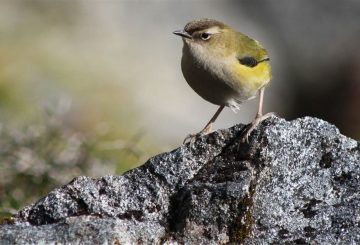正如Te Tari Taiwhenua内务部(DIA)宣布的那样,新西兰护照将获得重大安全升级。此次更新旨在使其成为全球技术最先进的护照之一。
主要变化包括:
- 热变色墨水:新的数据页面将使用这种墨水,这种墨水在特定温度下会消失,并在恢复到标准温度后重新出现。这是首次在聚碳酸酯数据页护照上使用这种墨水。
- Kinegram:将向数据页面添加动态图像,以防止主照片被篡改或更改。
- 奇异形的人像窗口:数据页面的另一个功能是包含一个奇异形的窗口,显示持有者的肖像。
- Te Reo Maori First:毛利语 te reo Máori 在整个护照中,包括封面,都将优先于英语。封面仍将保留银蕨类植物和徽章。
但是,由于Covid-19大流行期间护照需求减少,并非每位申请人都能立即收到新设计。DIA计划发行剩余的旧股,以避免浪费。疫情对旅行的影响进一步延长了耗尽旧库存所需的时间。
超过40万新西兰人的护照已过期,这主要是由于国际旅行受到限制。DIA鼓励续订,向公众保证新旧版本的质量和安全性。所有签发的护照将一直有效,直至其各自的到期日。
注意:新西兰于2015年11月推出了10年成人护照,标准价格为191美元
。





























































